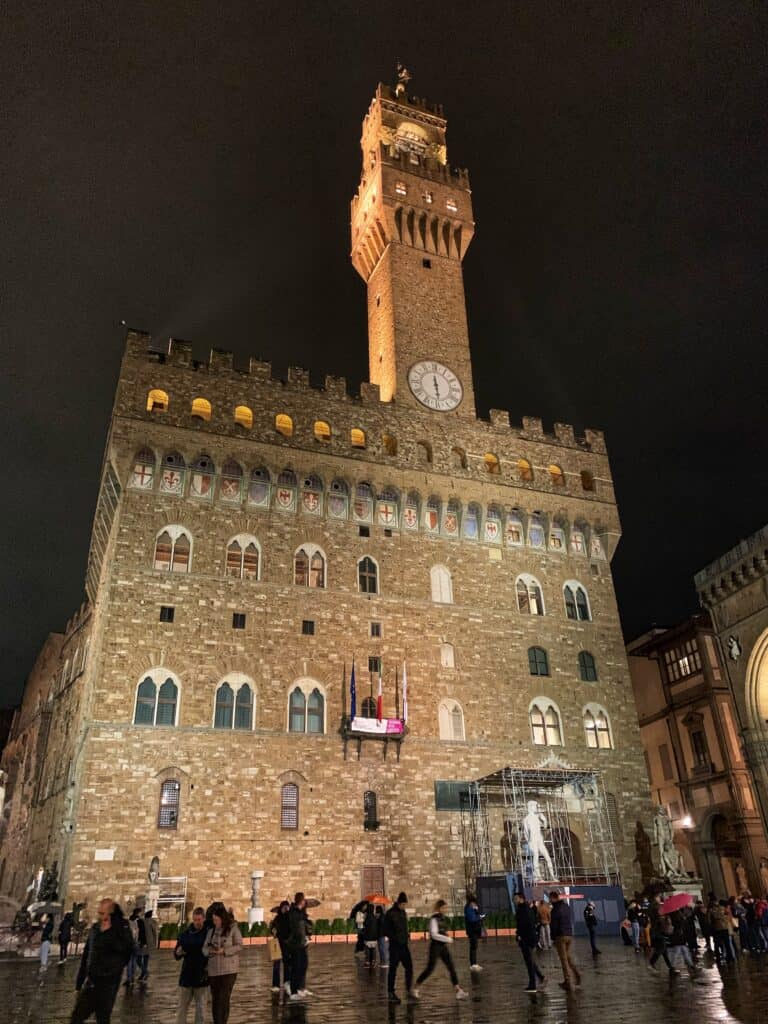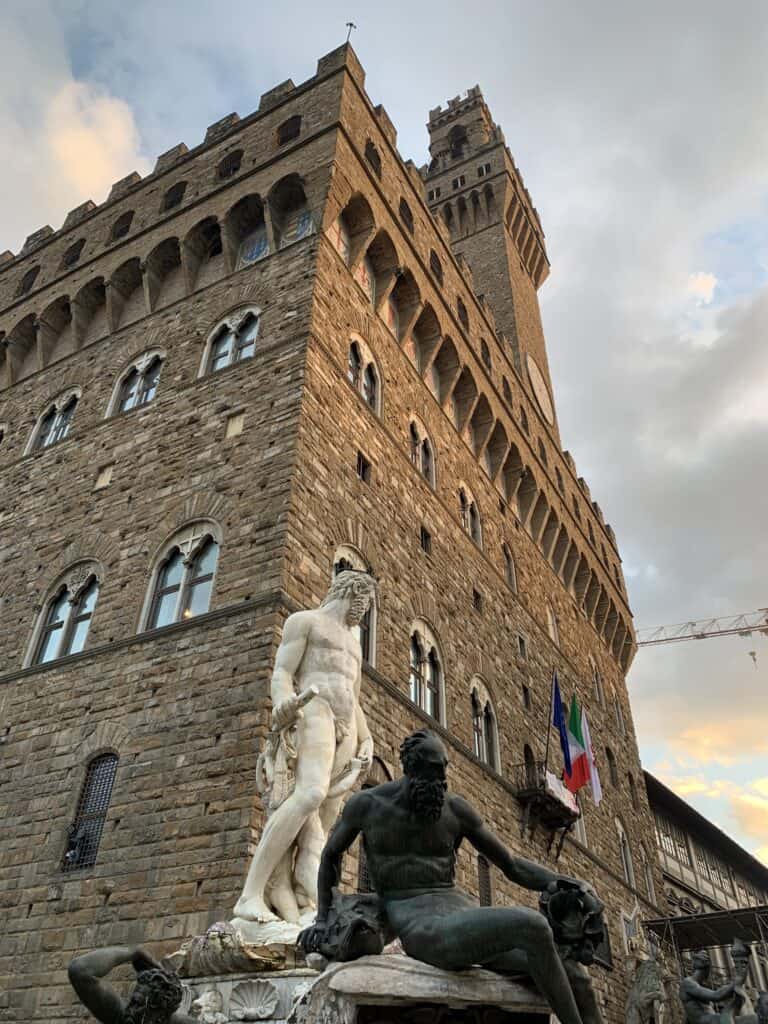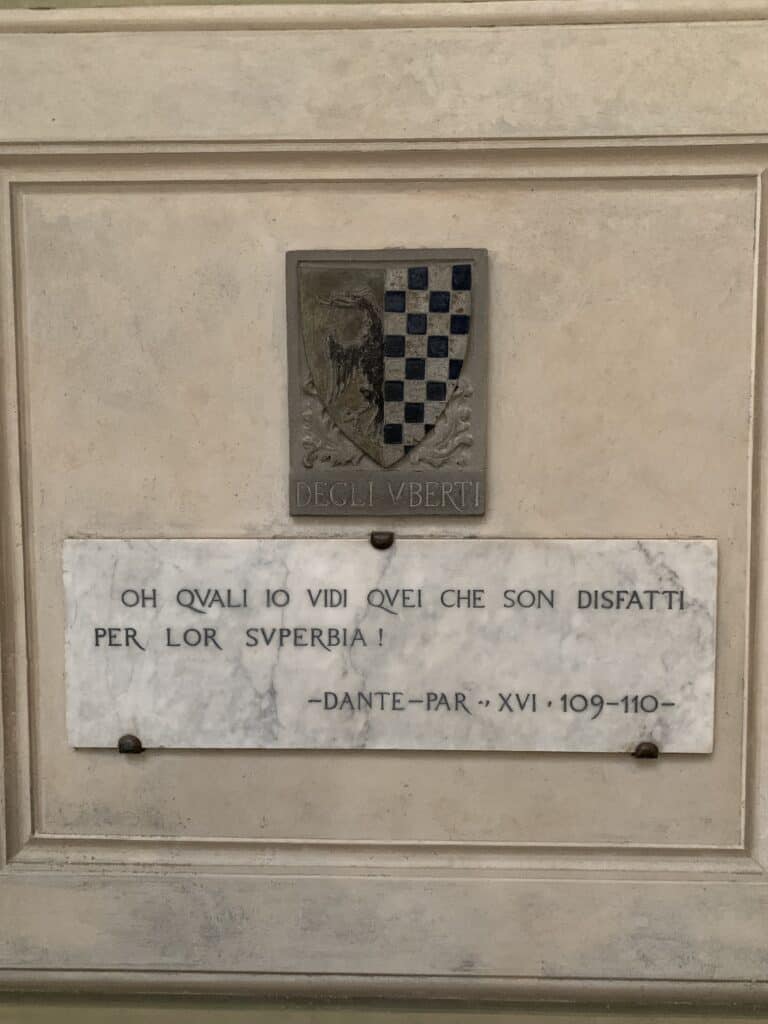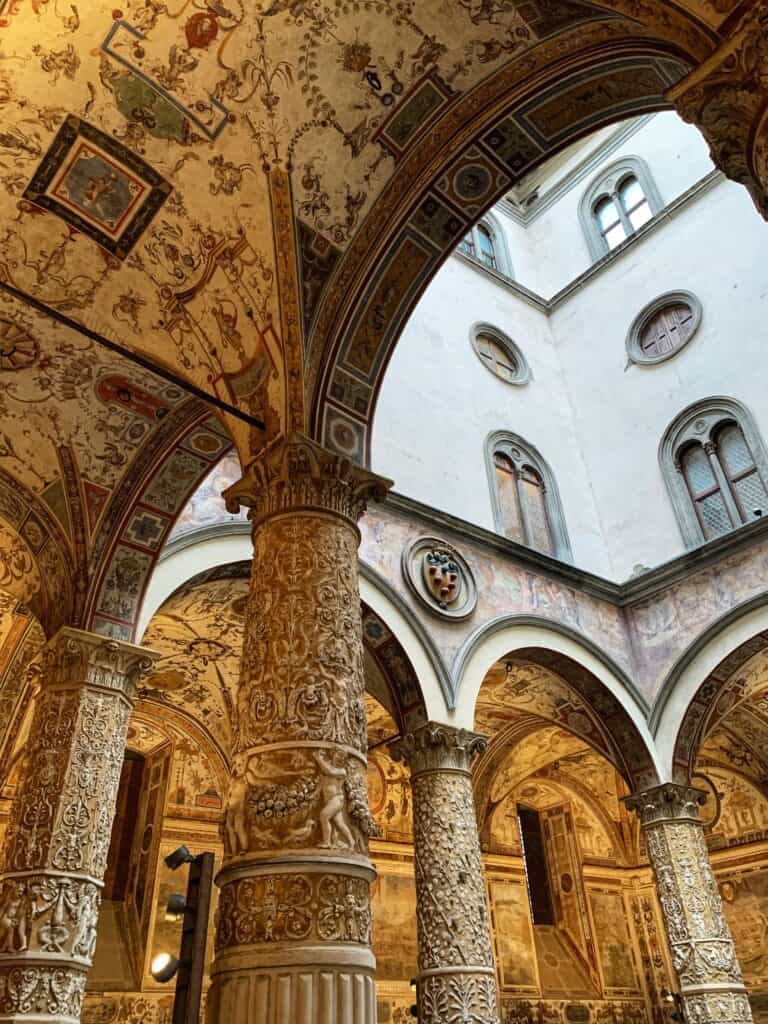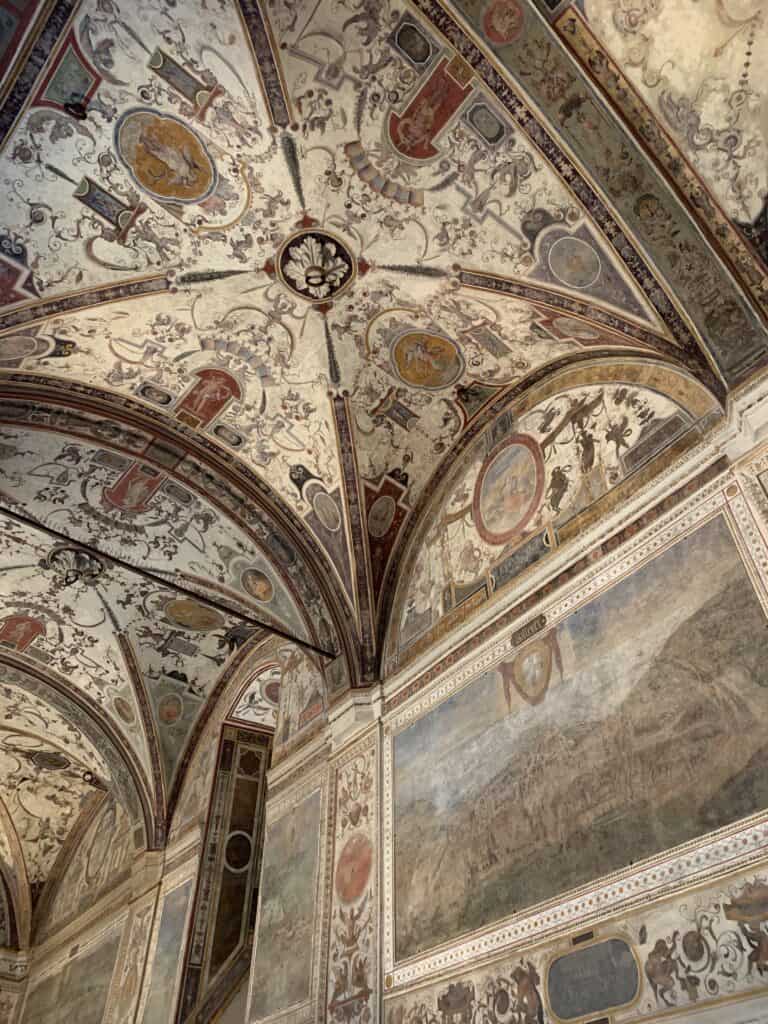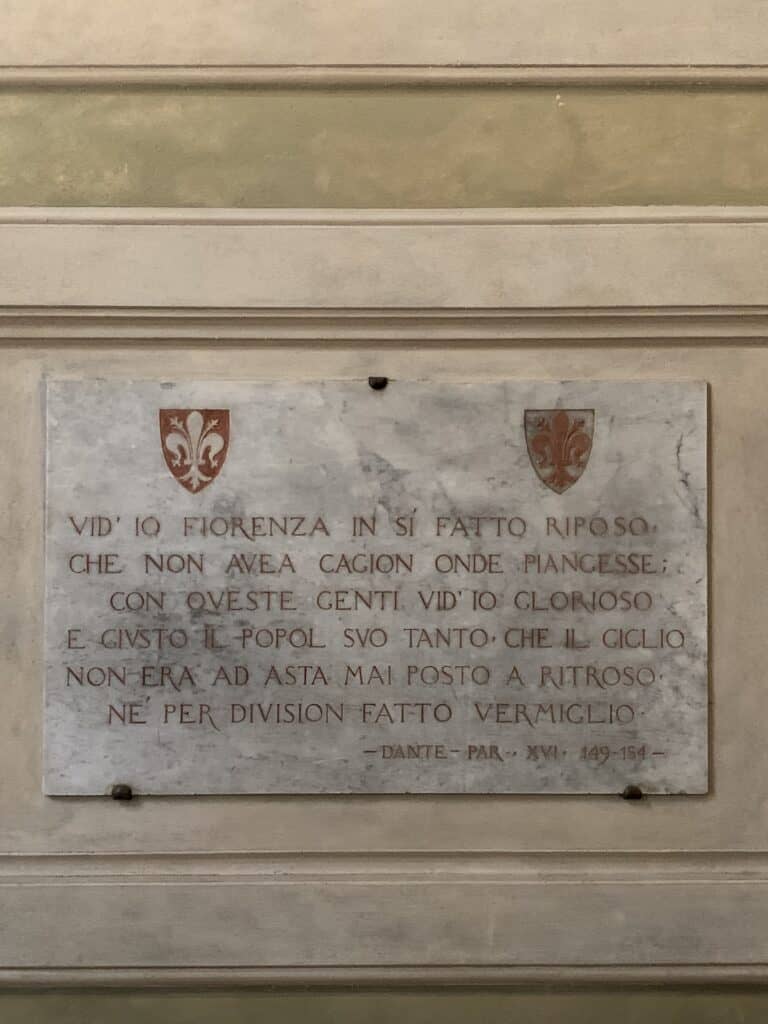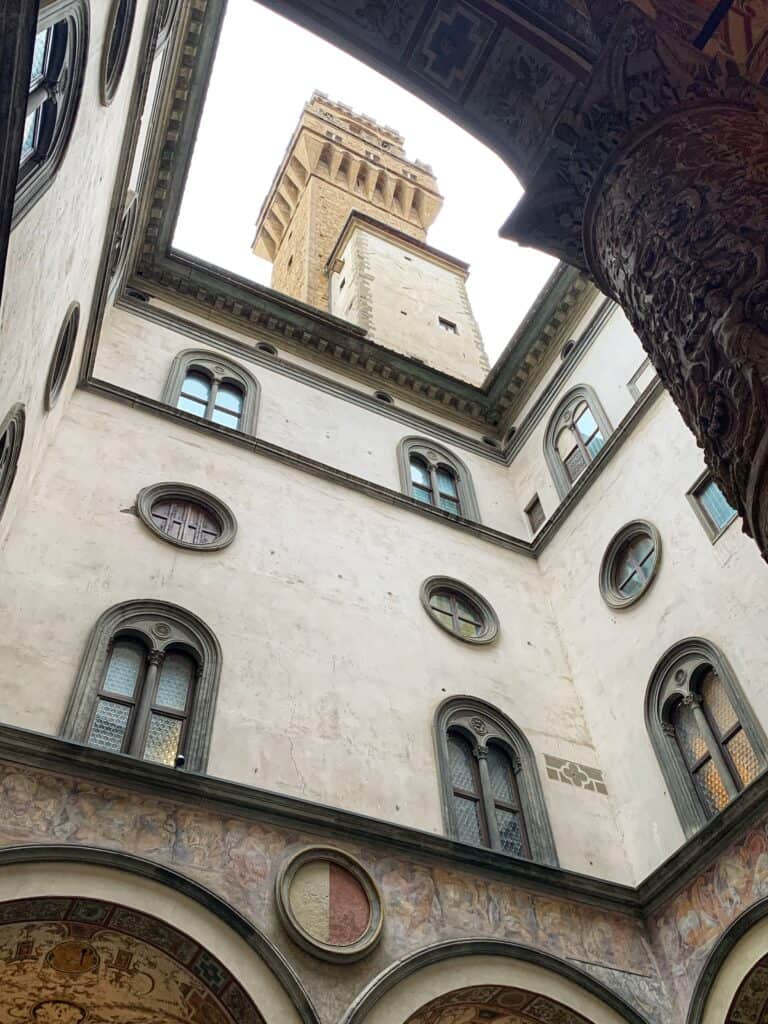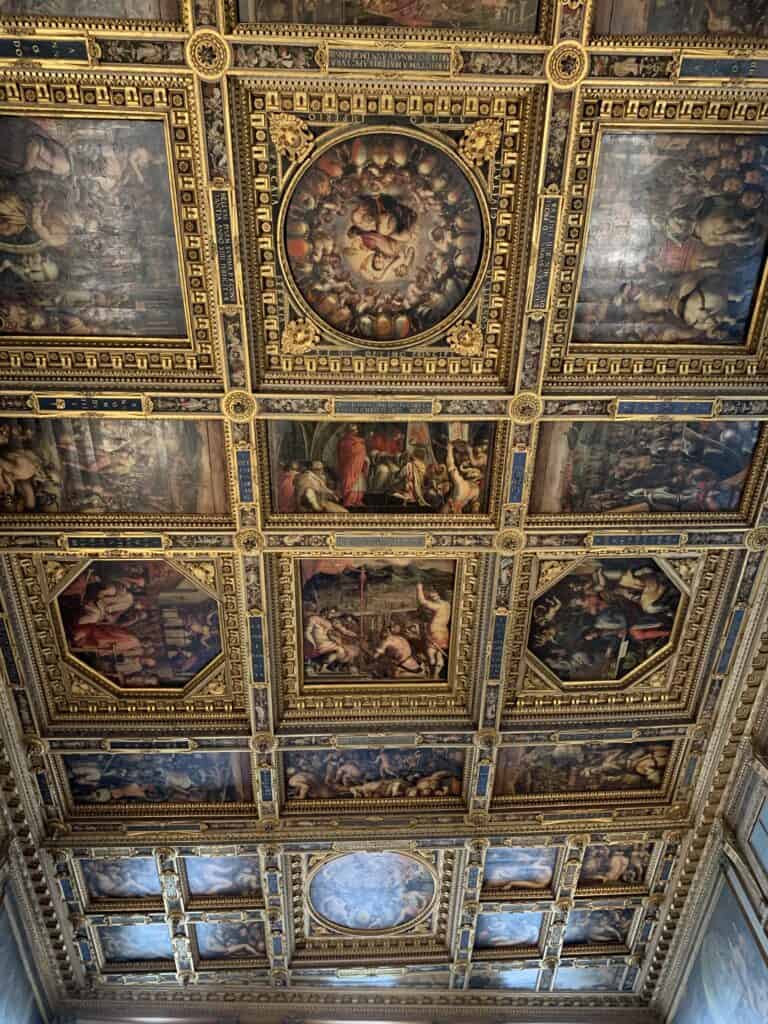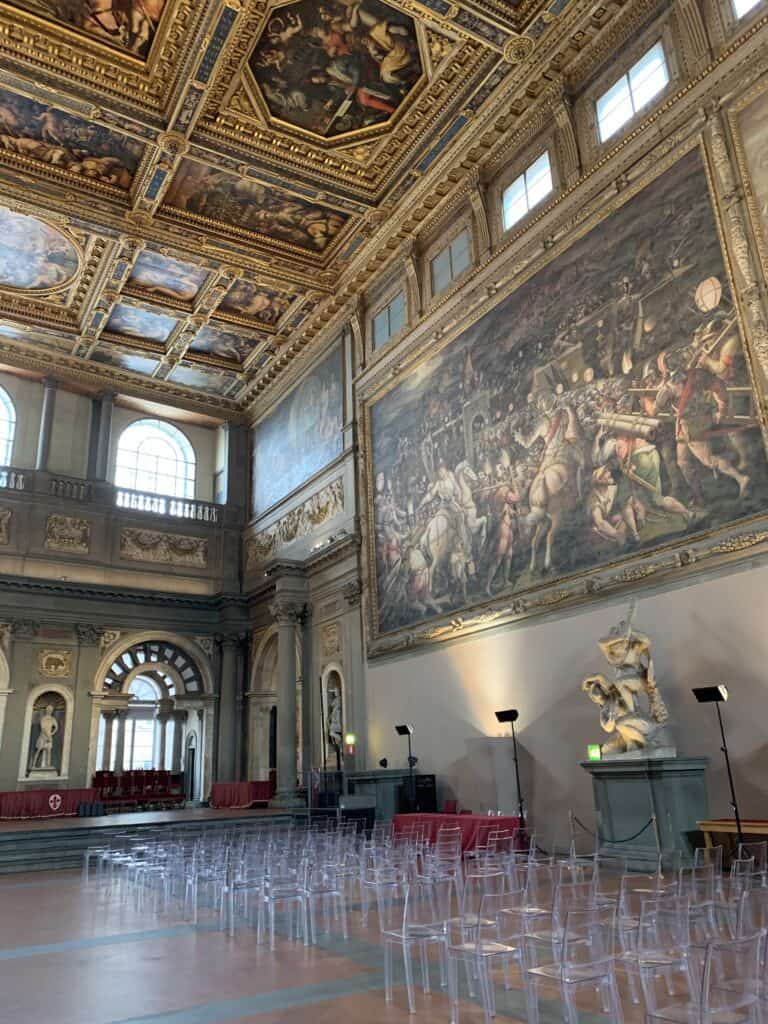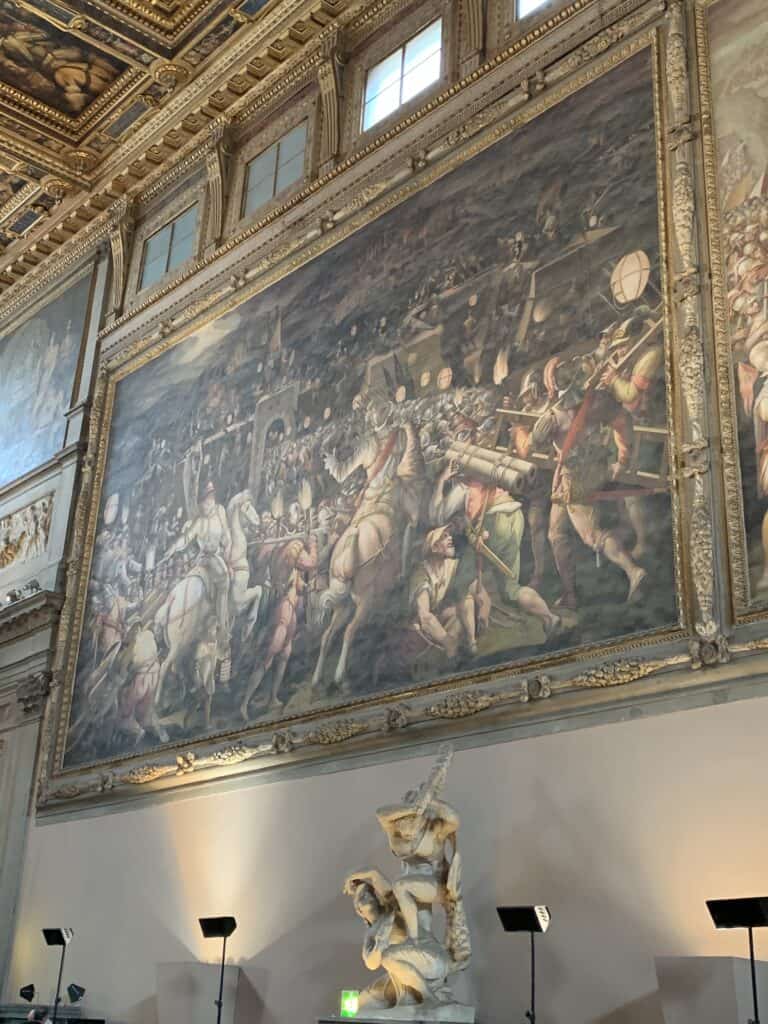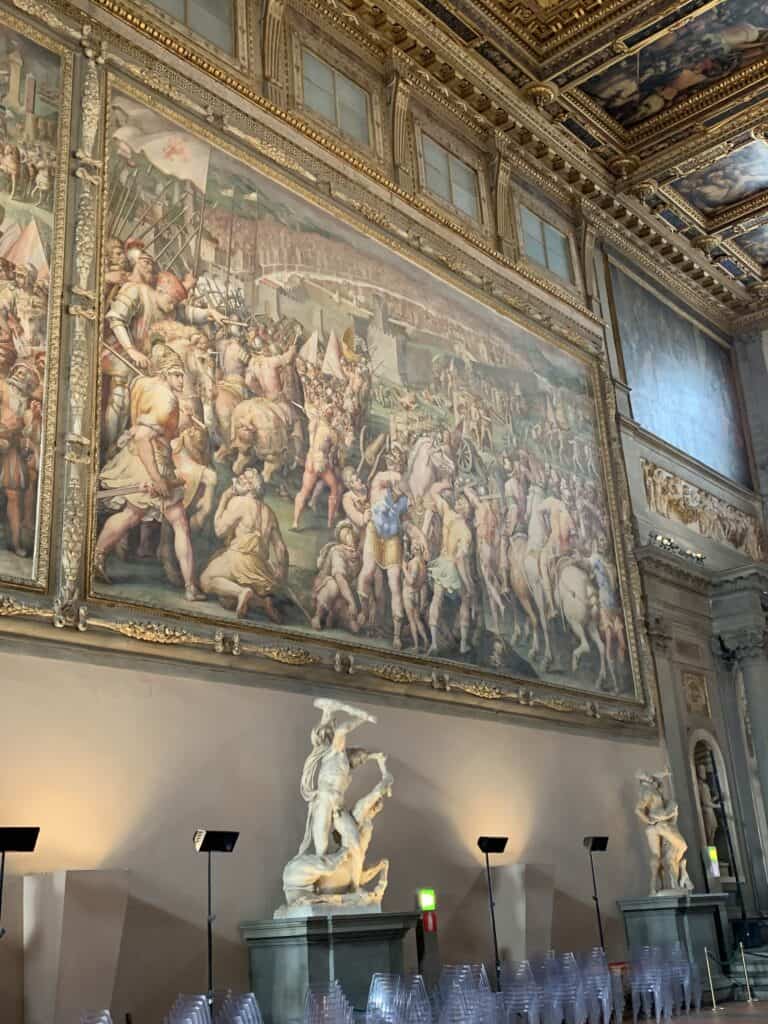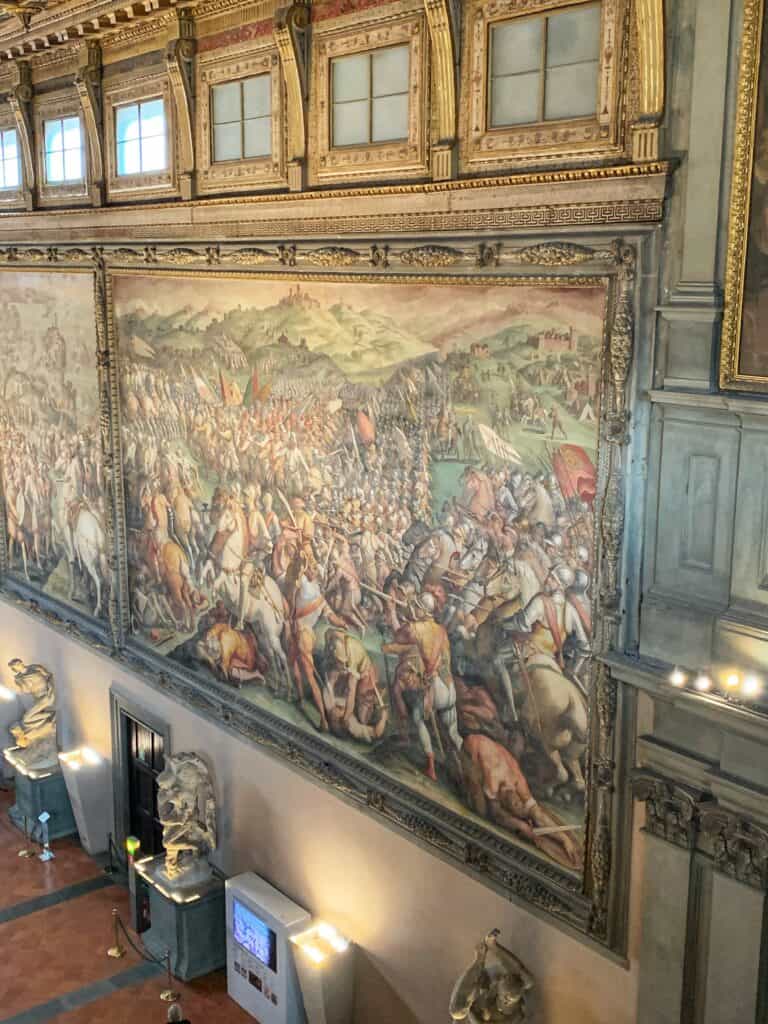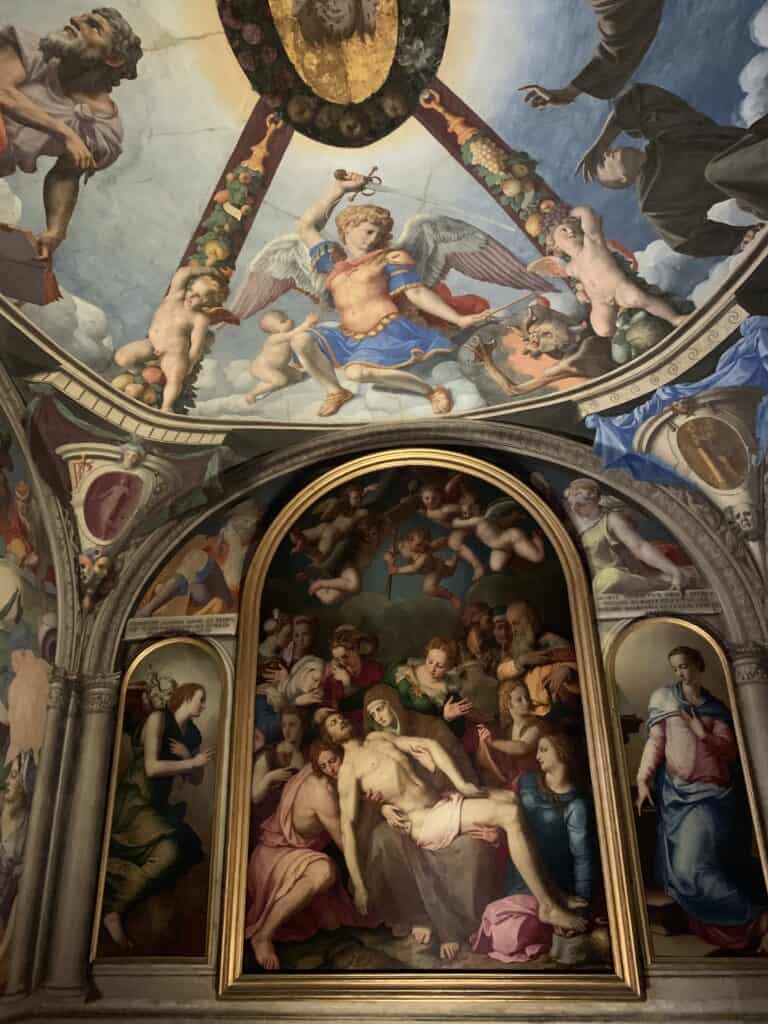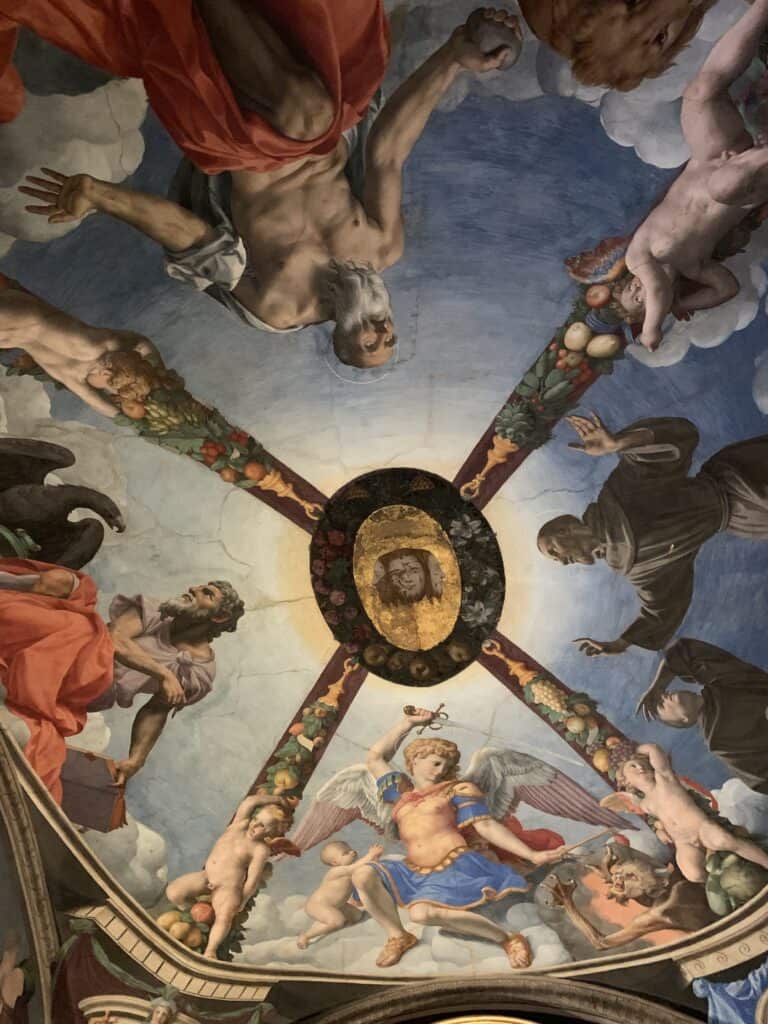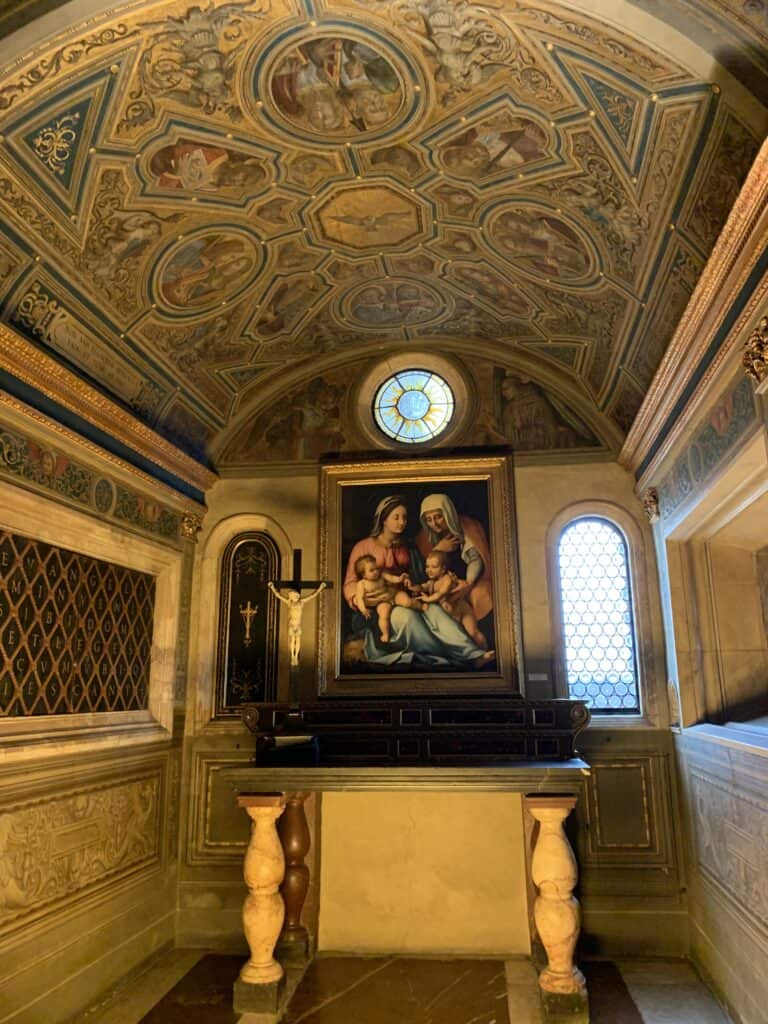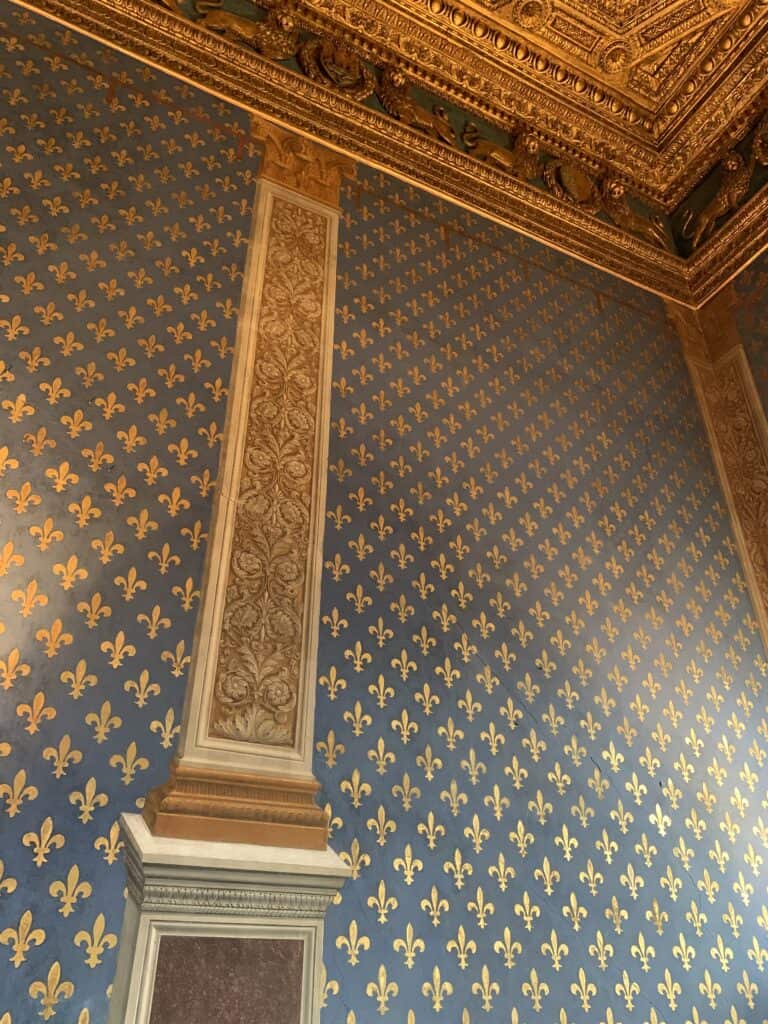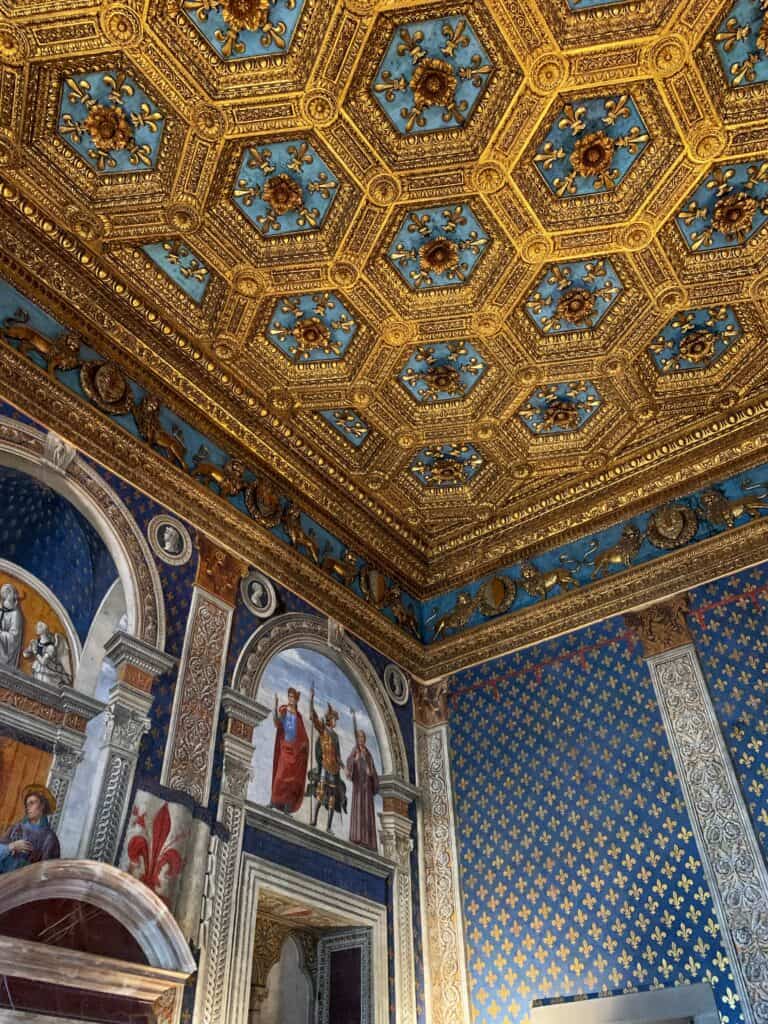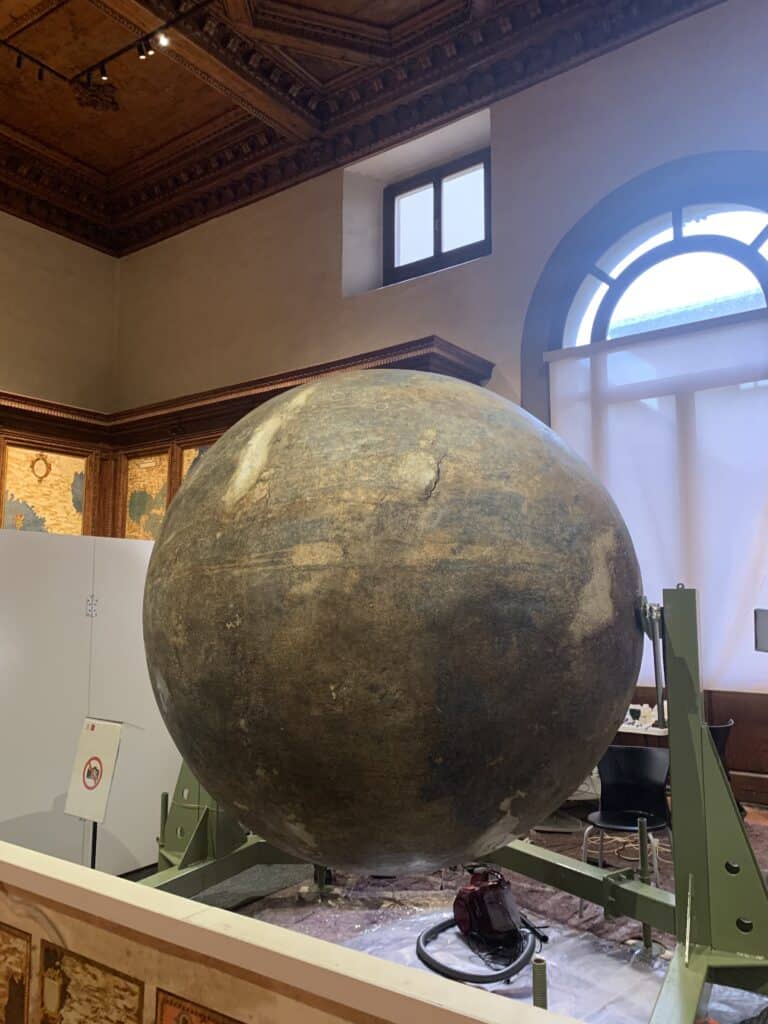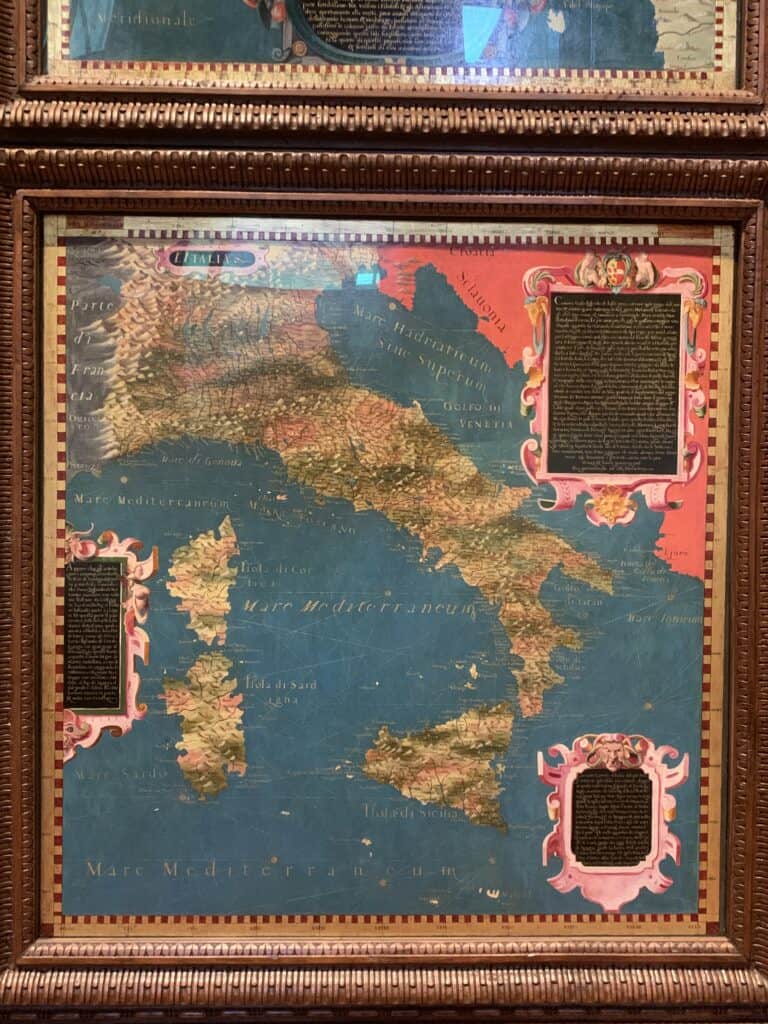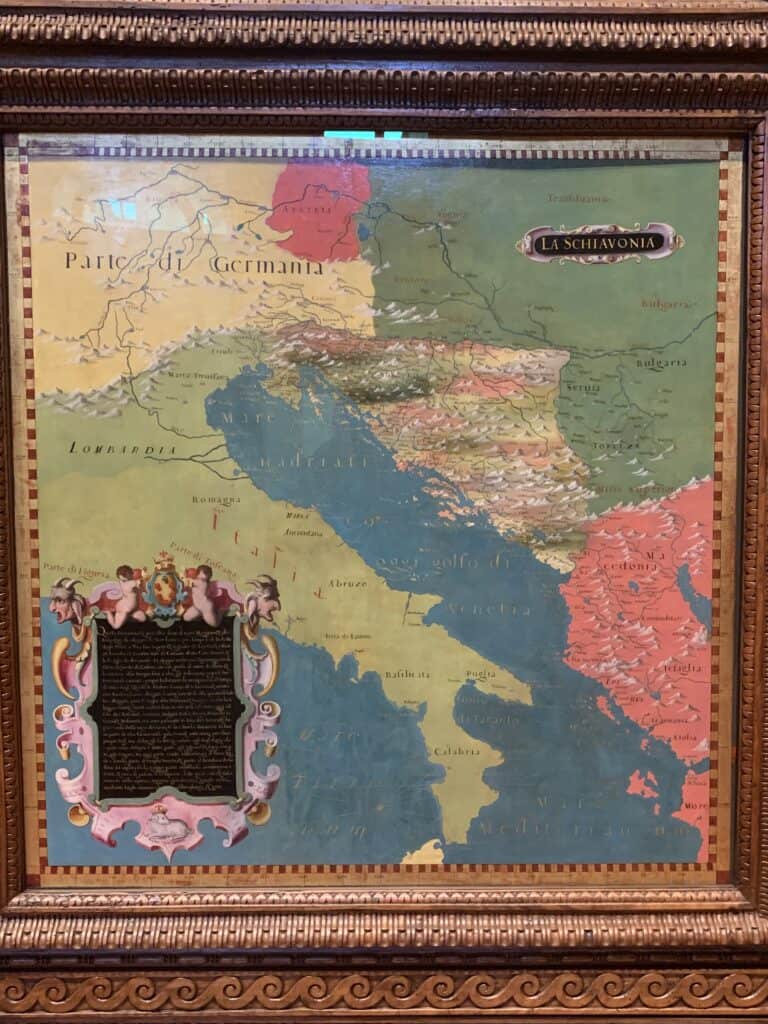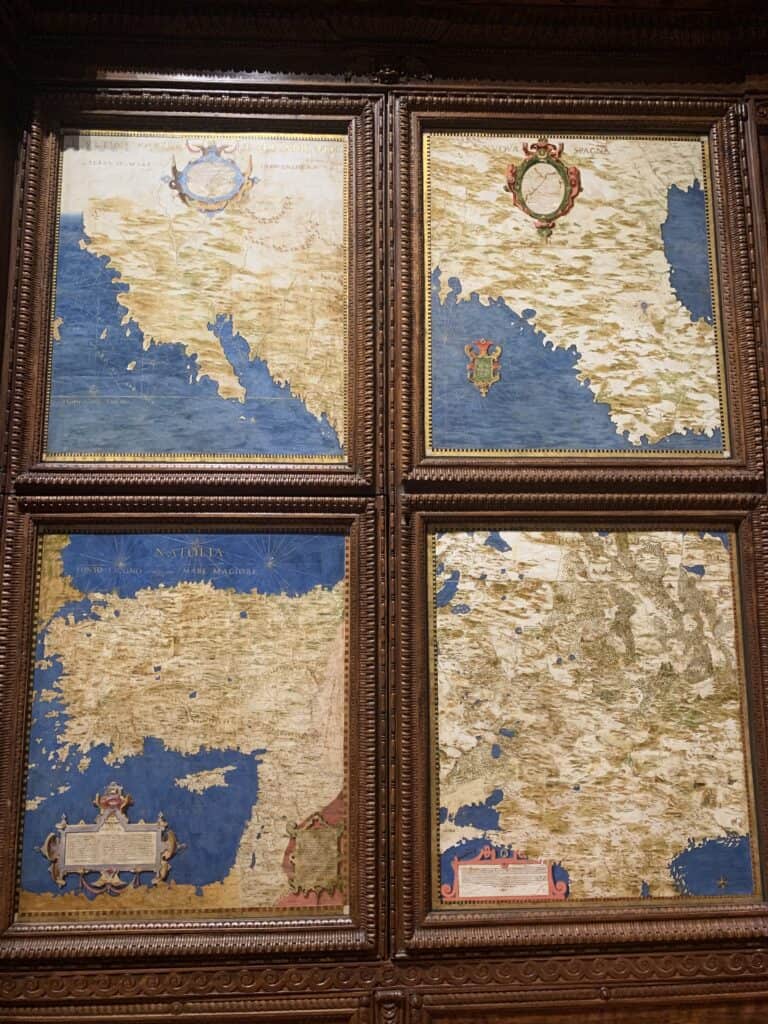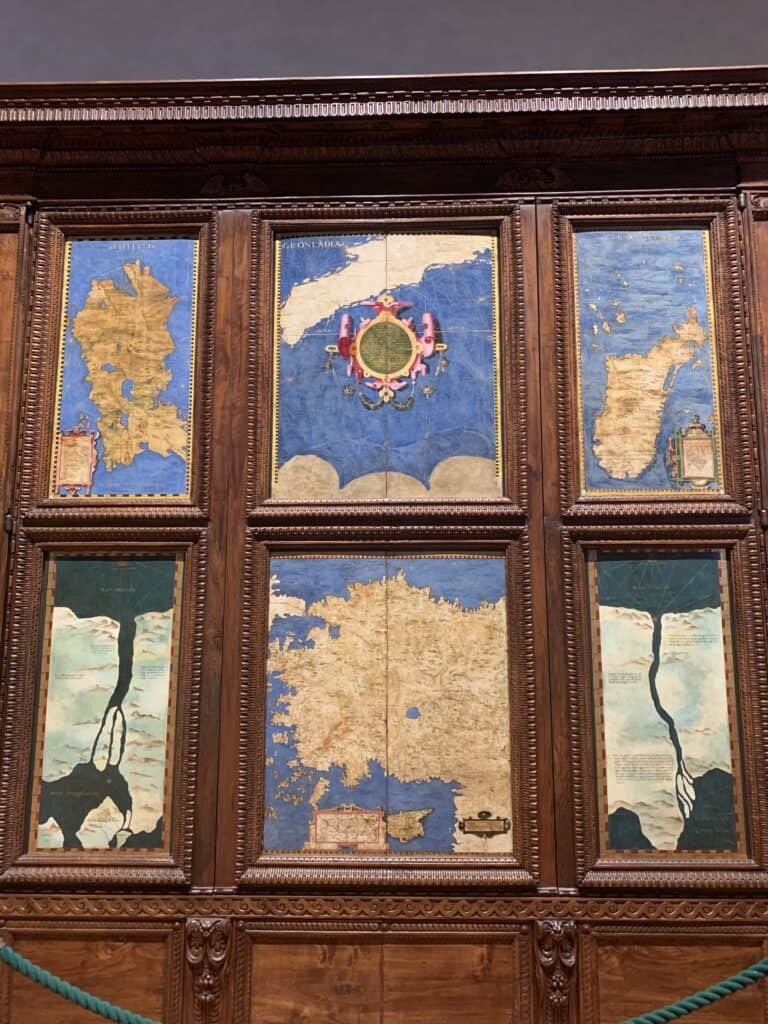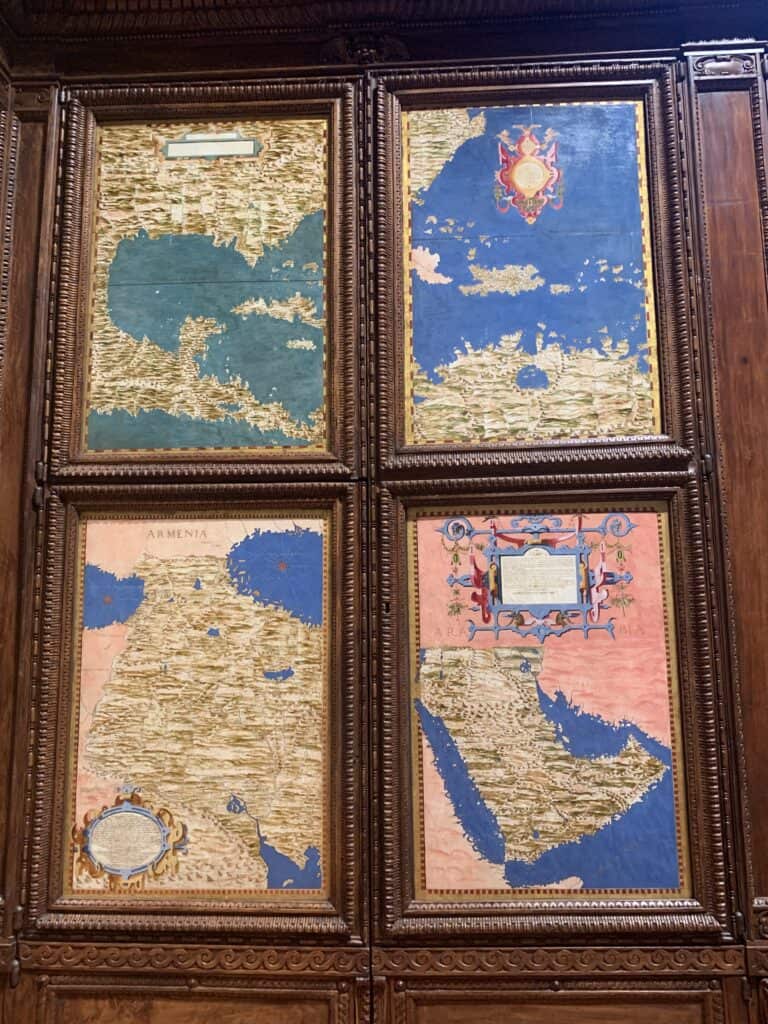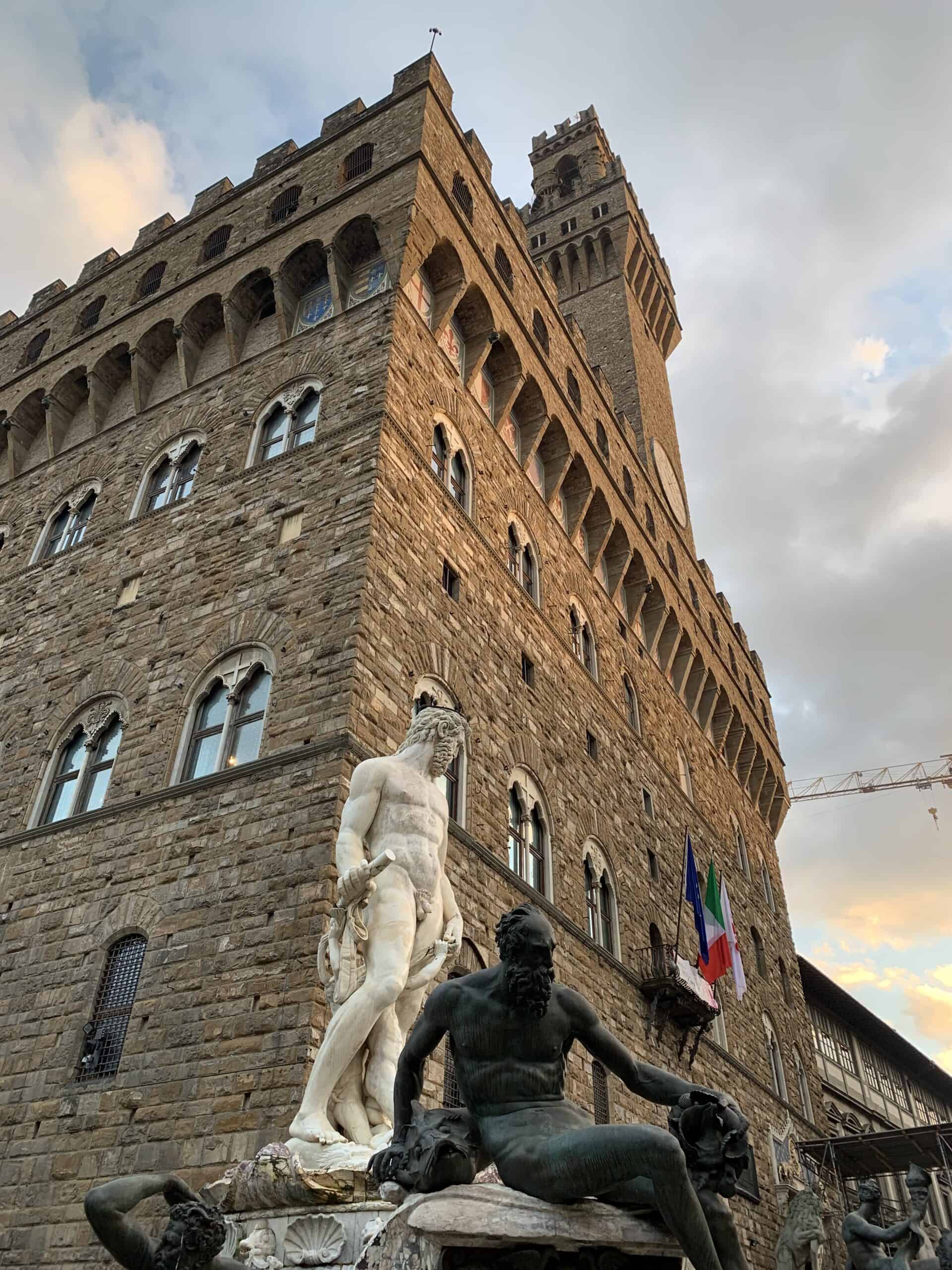
Palazzo Vecchio is located in Piazza della Signoria in Florence and is the seat of the Major of the city.
It represents the best synthesis of fourteenth-century civil architecture and one of the most famous palaces in Italy and from 1865 to 1871 it was the seat of the Italian Parliament.
Designed in 1299, Palazzo Vecchio has an elegant and austere structure like a fortress, in the shape of a quadrilateral and with the characteristic crenellated tower. The Palace was completed in 1314, becoming the seat of the Signoria.
The current Palace is the result of successive constructions carried out between the thirteenth and sixteenth centuries built the “Salone dei Cinquecento” and other sumptuous rooms rich in frescoes by Ghirlandaio or Vasari.
Michelangelo’s David marked the entrance to the Palazzo Vecchio from 1504, until it was moved in 1873 to the Accademia Gallery and replaced with a copy.
The tower, about 94 meters high, was built in 1310 and its shape is very particular and suggestive, since it is placed not in the center of the façade of Palazzo Vecchio, but moved to the south side.
The Salone dei Cinquecento is one of the largest and most precious halls in Italy and is located on the first floor of Palazzo Vecchio.
It was built in 1494 as the seat of the Major Council composed of 500 members.
Also, on the first floor there are also other rooms called the “Monumental Quarters”, decorated inside with frescoes aimed at the celebration of the Medici family.
The second floor of Palazzo Vecchio, which is accessed by a staircase designed by Vasari, contains the “Quarter of the Elements”, which was once the private area of Cosimo I, dedicated precisely to the elements Air, Water, Earth and Fire.
The Hall of Geographical Maps or Wardrobes, is the room where the Grand Dukes kept their precious goods. Of historical and geographical interest are the doors of the cabinets decorated with “53 Maps of Scientific Interest” and the “Mappa mundi”, which when it was built in 1581 was the largest globe in the world.

